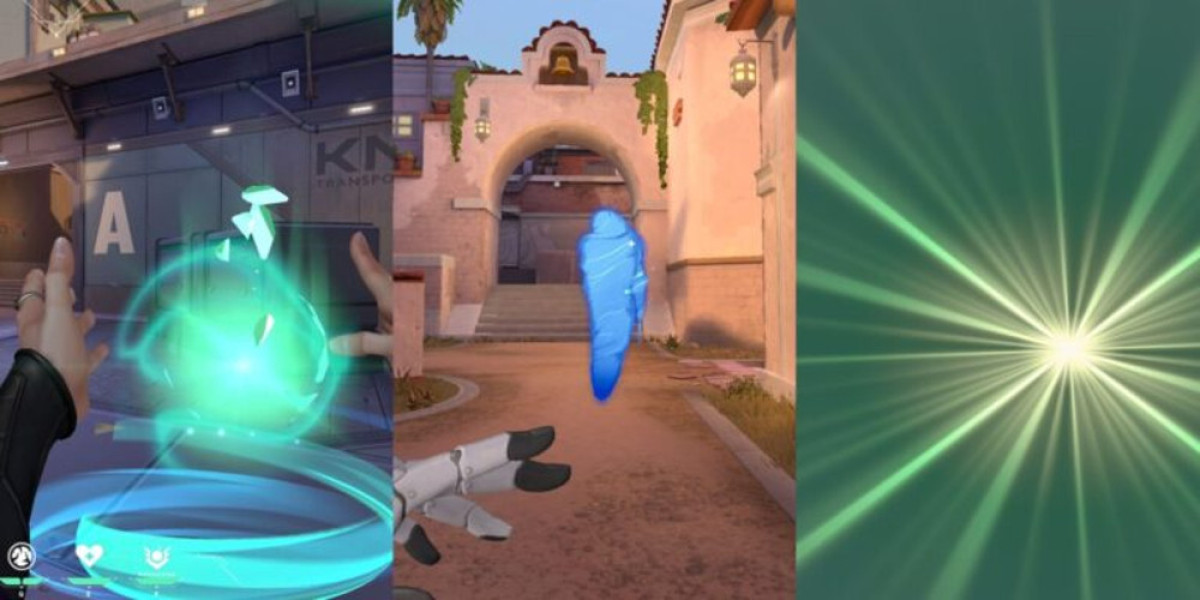As the global penetration of electric vehicles continues to rise, the demand for efficient and cost-effective components in electric drivetrains has never been more critical. Ferrite Magnetic Tile, a core solution in motor technology, face mounting challenges to enhance their competitiveness against rare-earth alternatives while addressing high-temperature limitations and evolving industry standards. Innovations in material science and production processes are reshaping these components, ensuring their relevance in an era dominated by sustainability and performance demands.
To overcome thermal constraints, manufacturers are integrating advanced nanocomposite coatings that shield against degradation in high-heat environments. These coatings, combined with high-frequency magnetic permeability enhancements, improve energy transfer efficiency and structural stability—key for motors operating under extreme conditions. Such advancements align with automotive requirements for lightweight, durable solutions that maintain efficiency across diverse climates.
Artificial intelligence (AI) is revolutionizing design methodologies. By simulating magnetic flux pathways and optimizing grain boundary structures, AI-driven tools reduce energy losses and refine motor performance. This approach not only minimizes eddy currents but also enables thinner, lighter designs without sacrificing torque output—a critical factor in extending EV range. These innovations mirror broader industry trends toward digital twin technologies and predictive modeling.
Cost pressures are driving production modernization. Automated dry-pressing systems, now widely adopted in Southeast Asia, streamline manufacturing by reducing material waste and ensuring geometric precision. This shift replaces traditional wet-forming methods, lowering production costs while maintaining compliance with circular economy mandates. Localized supply chains further enhance affordability, enabling scalability for mass-market EVs.
Material hybridization offers a strategic compromise. Blending iron oxide with rare-earth-free additives enhances magnetic flux density while sidestepping supply chain vulnerabilities linked to critical minerals. These hybrid solutions rival mid-tier neodymium magnets in urban EV applications, where cost efficiency often outweighs peak performance demands. Closed-loop recycling systems further bolster sustainability, recovering over 90% of production scrap for reuse.
Collaborative R&D efforts are unlocking new frontiers. Partnerships between academic institutions and manufacturers explore bio-based binders and low-temperature sintering techniques, aiming to disrupt energy-intensive processes. Meanwhile, blockchain-enabled traceability ensures ethical sourcing and carbon footprint transparency—essential for compliance with global regulations like the EU’s CBAM.
click dfmagnetic.com to reading more information








